LEARN TO WORK IN THE FICTION PUBLISHING INDUSTRY
The term ‘publishing’ conjures images of editors, proofreaders, printers, and the like, but the reality is that the publishing industry encompasses many different occupations and skills.
Publishers might employ any of the following:
- Cost accountant
- marketing representative
- imprint manager
- copy editor
- production editor
- proofreader
- indexer
- picture researcher
- paste-up artist
- and others
There are many different types of publishers. Most deal in hard copy (print), or electronic publishing via the internet. Anything printed and disseminated can be described as a publication – a simple flyer or handout, a 500,000-copy-a-month magazine, a scholarly journal, an e-zine, a paper, a book. Anyone who engages in producing any of these documents for circulation might describe themselves as a publisher.
The processes in publishing vary for the type of media being published. A daily newspaper is usually a 12-hour process of intense planning, writing, coordinating and printing. A book is a much longer process.
This course builds on Publishing I, and is suitable for:
- those who have previously completed that course
- others with a foundation understanding of the industry through experience; and wanting to build on that foundation.
Join us today and start your career publishing fiction!
Lesson Structure
There are 8 lessons in this course:
-
The Publishing Process for Fiction for Adults
-
Stages of the publishing process, from wiring through to publishing the final product
-
Overview of non-fiction genres
-
Overview of fiction genres
-
Defining subgenre
-
Types of story and their word count, including novellas and short stories
-
How word counts vary with genre
-
Graphic novels
-
Defining world building
-
The Law and Publishing Fiction
-
Copyright
-
Public domain
-
Defamation
-
Criminal libel
-
Author's agents
-
Vanity press vs self-publishing
-
Contract law and types of contract
-
Creative control
-
Scams
-
Ethics and Morality in Fiction Genres
-
Culture
-
Diversity in fiction
-
Writing diverse characters
-
Sensitivity readers
-
Religious content and niche publishing
-
Content and ratings
-
Censorship
-
Right to privacy
-
Manipulation of digital images
-
Production Systems I: Costing and Constructing a Book
-
Understanding production costs
-
Costs for website, social media, and software
-
Costing out creative services, including art & design and editorial
-
Printing and distribution costs
-
Self-publishing print
-
Self-publishing eBooks
-
Hybrid publishing
-
Assisted publishing
-
eBook production processes
-
Digital file formats
-
Releasing foreign language editions
-
Production Systems II: Editing and Perfecting a Book
-
Developing the manuscript
-
Editing the manuscript, including line editing, copy editing, and proofreading
-
Manuscript critiques and beta reading
-
Front matter requirements
-
Back matter requirements
-
Categorisation, sales, and coding, including ISBN, BIC, and BISAC
-
Layout for Print Media
-
Page layout for books
-
Selecting a font
-
Page setup for working with books
-
Layout for magazines and news sheets
-
Offset printing
-
Binding
-
Graphic designers
-
Media Advertising for Self-Published Fiction
-
Establishing the market
-
Retail and distribution
-
Print advertising, including reviews, catalogues, and bookmarks
-
Public relations activities
-
Social media presence
-
Marketing & Distribution Systems and Author Promotion
-
Writer's groups and cross-promotion
-
Print distribution
-
Local author promotions
-
eBook distribution
-
Sales and marketing for self-published authors
-
Book trailers
-
Marketing a publication
-
Using a website for self-promotion
Aims
-
Explain the stages and general timeline for self-publishing a fiction book.
-
Discuss different types of genres and how they affect expectations for a fiction book.
-
Discuss word counts and their relationship to genre.
-
Explain the basics of law in relation to self-publishing fiction.
-
Explain the basics of ethics and morality in relation to publishing fiction.
-
Describe the production systems of self-publishing from writing to printing.
-
Discuss layout and design requirements for self-published print media.
-
Discuss ways to sell self-published fiction.
-
Discuss author promotion methods through print and website media.
TAKE THE NEXT STEP AND ENROL NOW!
This course is a must for writers who want to self-publish books and eBooks. Understand more about the publishing process and how to promote your work.
You can enrol on the course now, but if you have any questions about the content of the course or studying with ACS, then please get in touch with us today - use our FREE COURSE COUNSELLING SERVICE to get in touch with our expert tutors. They will be pleased to help you!
